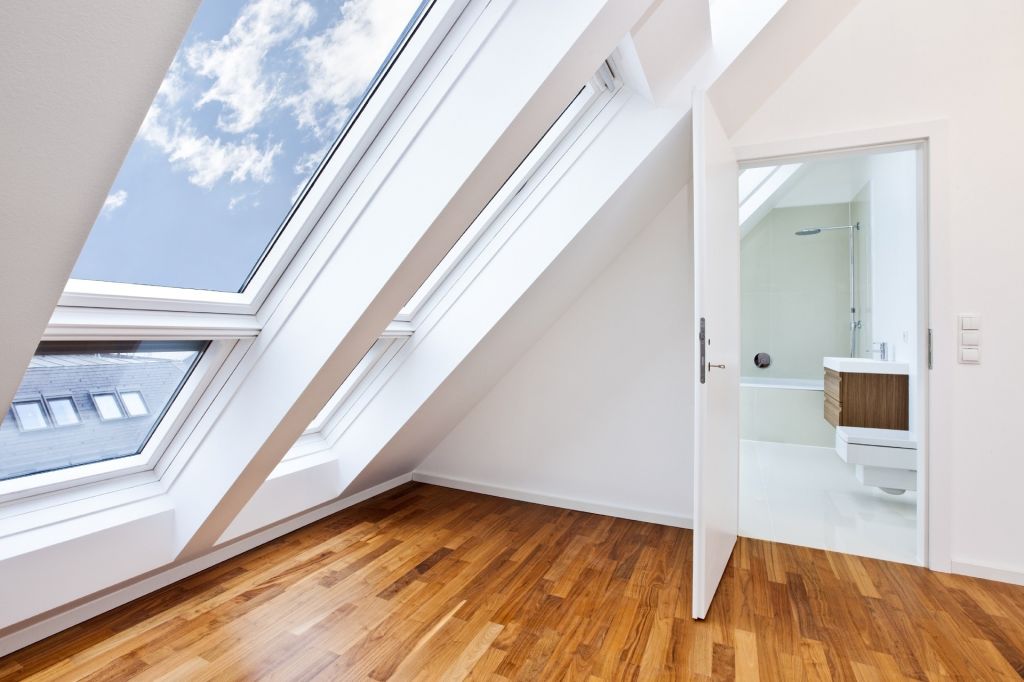Understanding how to test the airtightness of a building is crucial for energy efficiency and indoor comfort. This guide will walk you through the various methods used in the industry.
Before we delve into the specifics, it’s worth noting that airtightness is a key factor in passive house design. The more airtight a building is, the less energy it requires for heating and cooling.
Blower Door Test
The blower door test is one of the most common ways to determine a building’s airtightness. It involves installing a powerful fan into an exterior door frame and using it to depressurize the building. The fan’s speed is adjusted until a standard pressure difference is achieved, and the amount of air required to maintain this pressure difference gives an indication of the building’s airtightness.
Thermal Imaging
Thermal imaging is another technique used to assess airtightness. It involves the use of infrared cameras to identify temperature differences within the building envelope. These differences can indicate areas where air leakage is occurring.
For more information on passive house design principles, visit the Passive House Institute.
Conclusion
Testing for airtightness is an essential part of creating energy-efficient buildings. By understanding and applying these methods, you can ensure your building is as energy-efficient as possible.
If you’re interested in recording your own airtightness test, consider using a solar cam. And to verify the solar output of your building, check out this portable solar generator.
Author: Elan James
Publication Date: 2025-11-02






